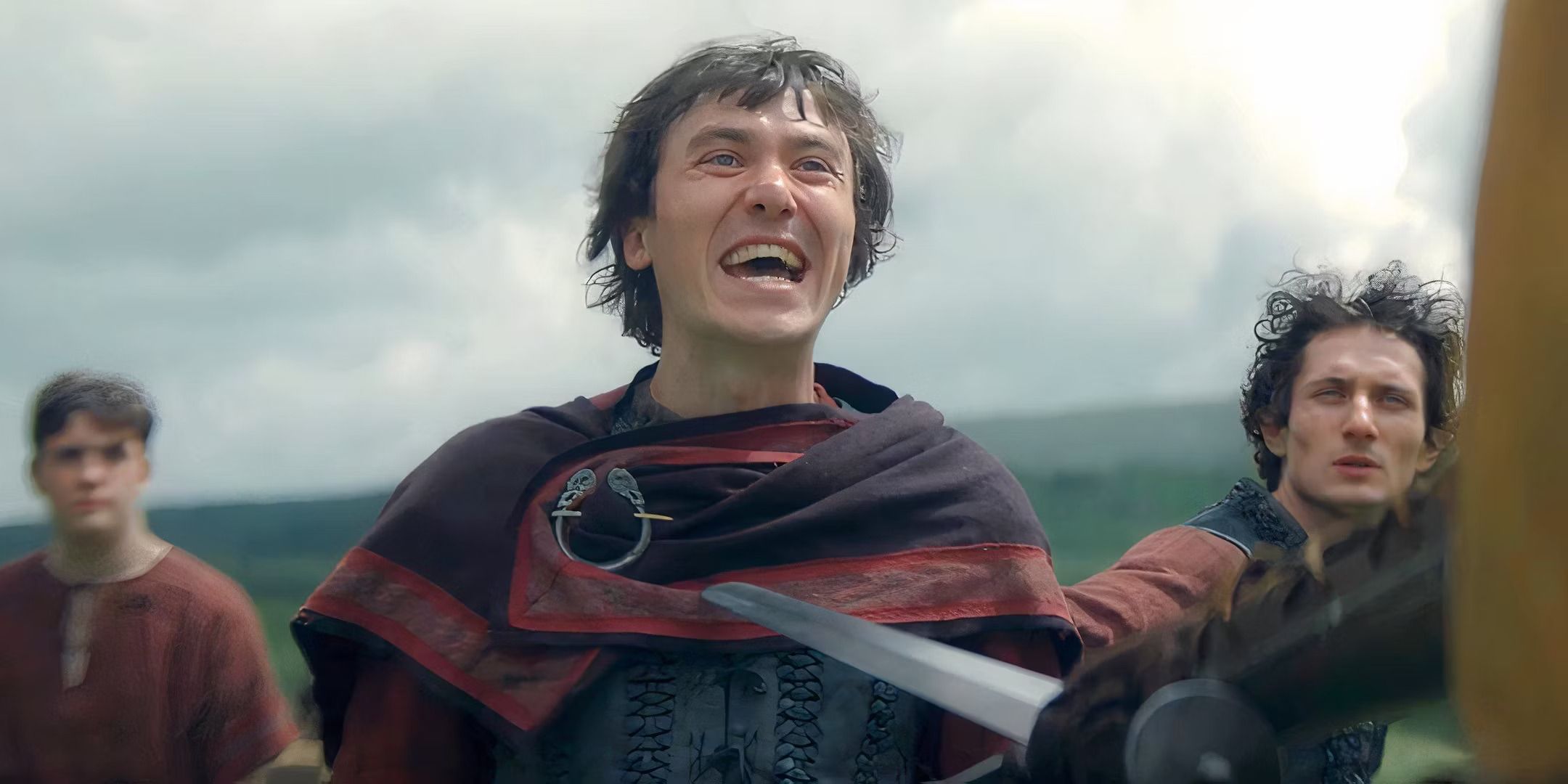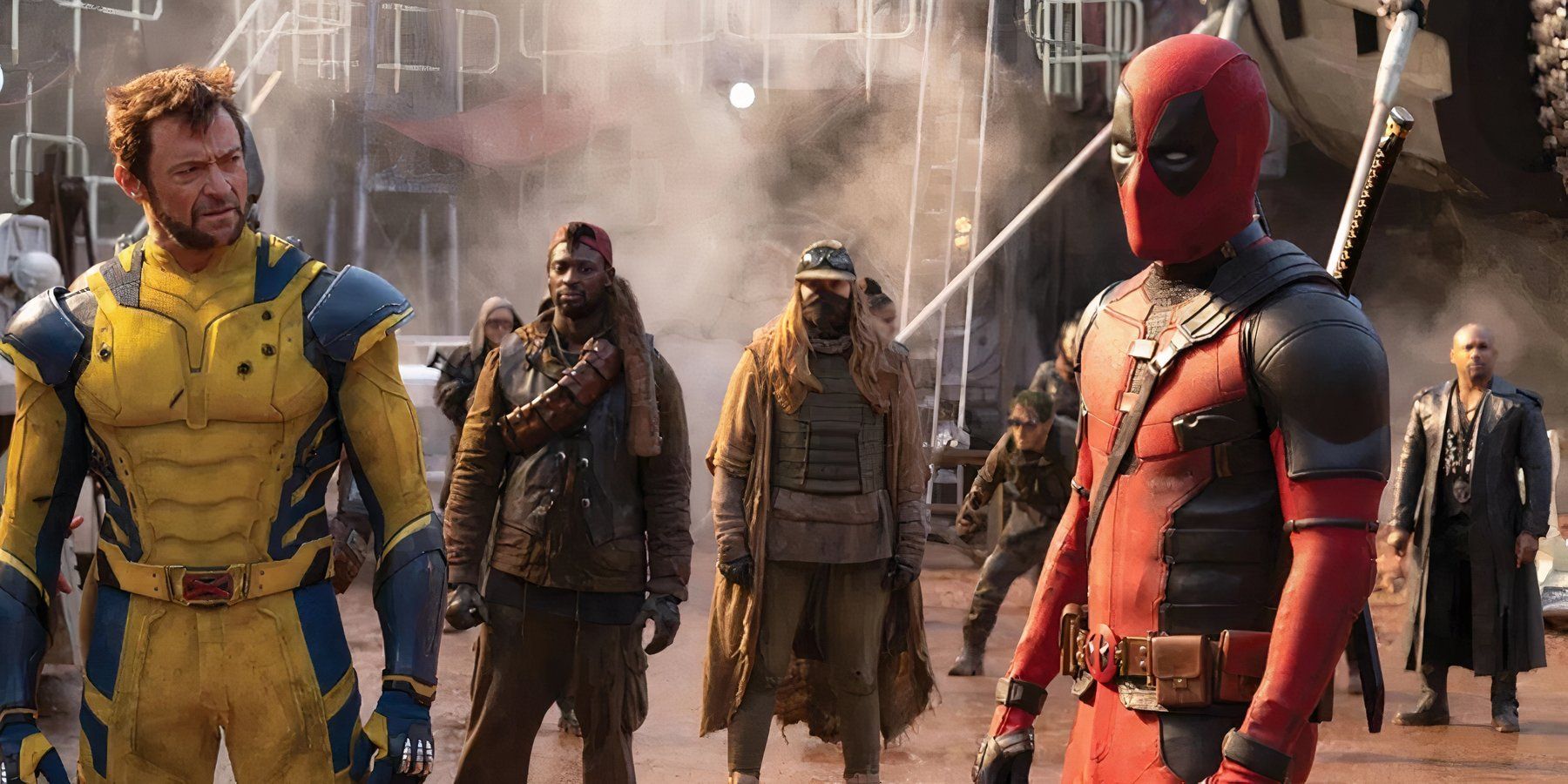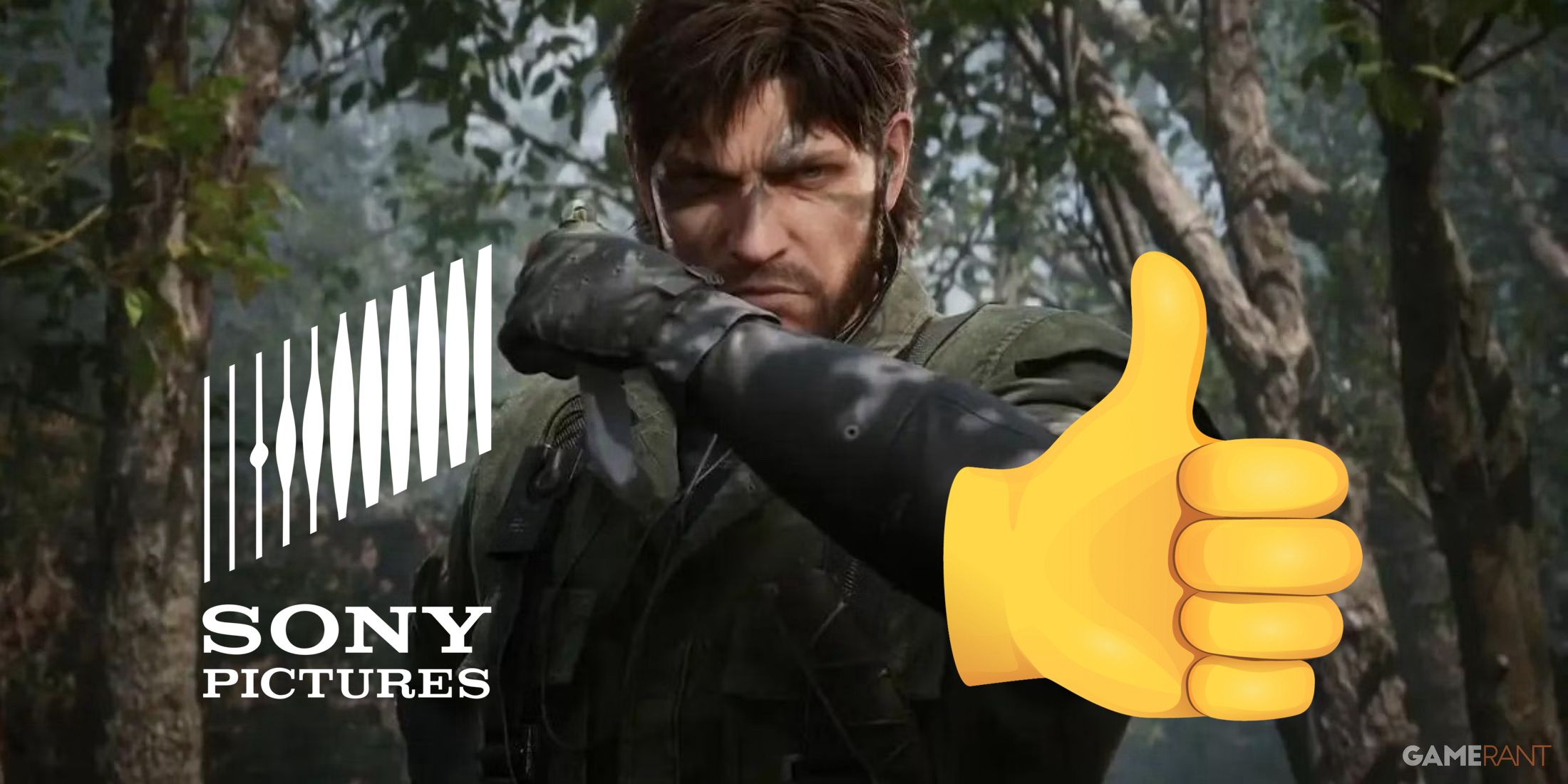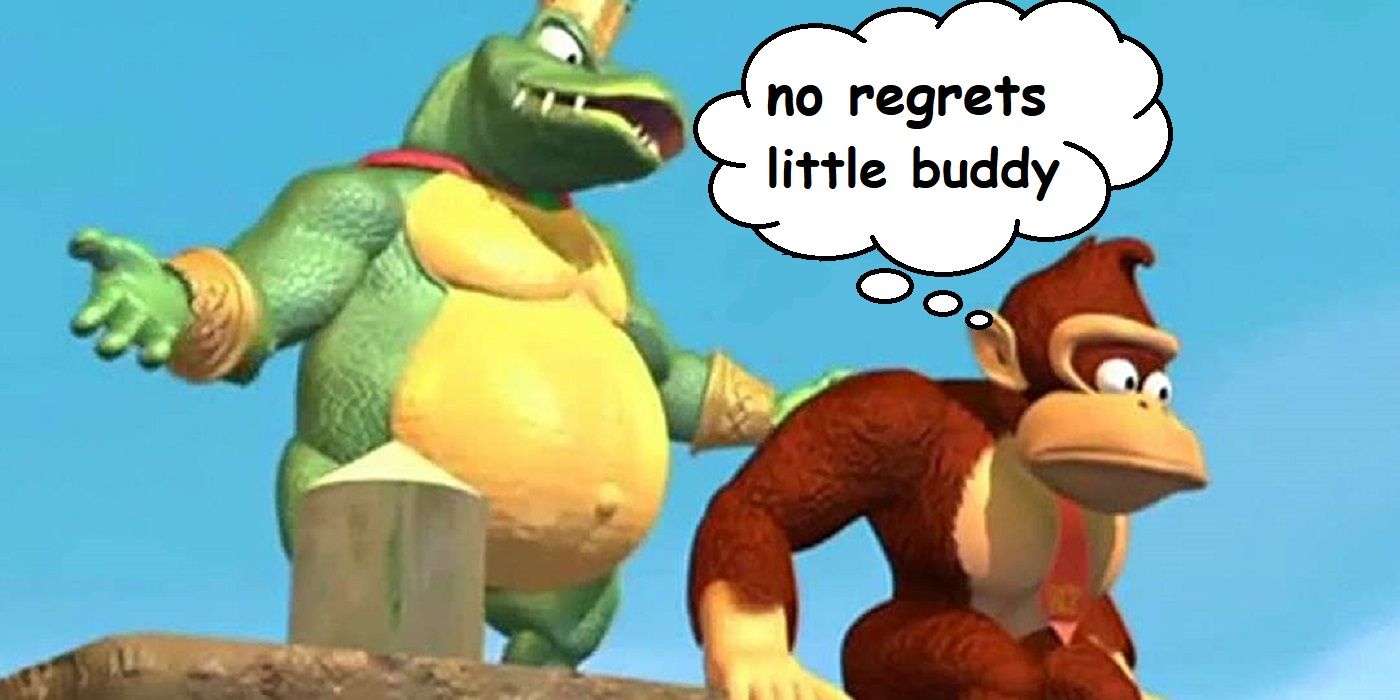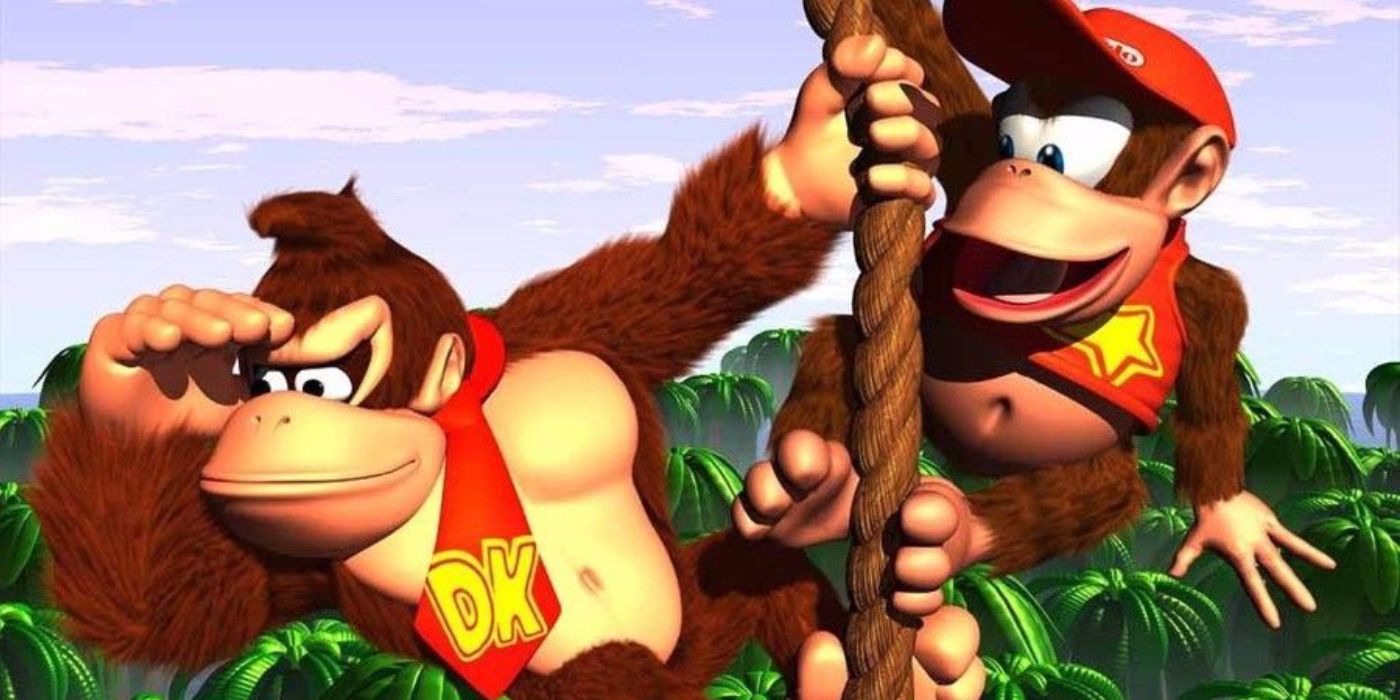As many who lived through them can back up, the 90's were the wild west of video game culture. The medium was coming into its own as platforms like the SNES and Sega Genesis flourished, and the potential of games as multimedia franchises was being explored. The majority of these misadventures missed the mark, and make no mistake: the Donkey Kong Country cartoon is no exception, known today more for its absurdity than anything else. But the Donkey Kong Country cartoon also stands out from its contemporaries in a number of ways that lend it an endearing kind of quality despite how bumbling it is, much like Nintendo's king of swing himself.
Originally known as La Planète de Donkey Kong (or "The Planet of Donkey Kong," perhaps a pun of Planet of the Apes), the show actually originates from Canada and was produced in French. First airing in Canada in 1996, it didn't make it to America until '98, and Japan in '99, well into the N64's life.
The series slaps the name "Kongo Bongo" onto the land DK and his company reside in - much like the Mushroom Kingdom, the 90's in particular saw a lack of consistency in how Nintendo worlds were presented - a trend you'll still see even today with the majority of their properties. Further differentiating itself from the games, the show sticks to a formula not too different from the 80's Zelda cartoon, where our hero and friends must protect a mystical artifact from the villain, lest darkness befall the land. In this case, it's a crystal coconut that vaguely grants mystic powers, and that lack of clarity is free roam for the show to do whatever it wants. Cranky Kong serves as the magical item's caretaker, while DK is basically its on-call guardian. The setup is fine enough but even after a single episode, it's clear that this show will be be going off the rails more often than we did in those mine cart stages.
Unlike shows such as Super Mario and Legend of Zelda, the DKC series actually leans further away from gimmicks and references to the games and tries to build its own version of things, which is admirable in a sense -- it essentially turns itself into an action sitcom, on purpose, only with its own twists.
The main cast is all here, though Candy is also fairly prominent, being DK's love interest back when that was fashionable. It's funny - she and Diddy actually have a potent rivalry over DK's affections. Guess who ultimately has won that battle. Funky and Dixie make appearances from time to time, though they're not quite as prolific as one might expect. Some bonafide OCs are added to the mix, as well, such as Bluster (DK's rival, who owns a factory that...creates all of the barrels everyone uses) or Eddie the Yeti (a white gorilla who lives in the snowy mountains). Again, this was the wild west of video game universes. DK's catchphrase was "BANANA SLAMMA." Life was coming at us all fast.
K. Rool has some minions that are more prominent, as well, and they're of course played as fools, while K. Rool is actually oddly prima and proper (if you've recently watched Kipo and the Age of Wonderbeasts, imagine Charlemagne as a less competent crocodile). All in all, it's a comprehensive if weird lineup, exclusively drawing characters from the first game aside from the rare Dixie cameo. There's a certain kind of likeable goofiness to how the team was trying to do something different both in terms of how the characters are presented (Candy calls DK "sexy" in the first episode, which is odd) and how it leans more into being a sitcom adventure show.
It's impossible to discuss the series without talking about the single feature that makes it stand out more than anything else: its visual design. There is simply nothing else that looks quite like it, at least as far as shows based on games go, but even in general, the style is out there. Looking back on the brand, the original SNES game made serious waves at the time due to the way Rare built 3D visuals and translated them into sprites and environments, generating the illusion of three dimensional graphics.
It actually makes pretty logical sense, then, to capitalize on that uniqueness just at the turn of the gaming generation, and animate a show in 3D. It's strangely earnest in trying to capture the art direction of the first SNES game, and watching it now exudes an almost vaporwave aesthetic. Using motion caption made the series more practical to produce, and there's a kind of charm it lends, seeing character's faces and bodies animate in such a way we hadn't seen before or since.
The show's opening shots show Cranky playing an organ, which transitions into him singing in a more "hip" fashion (perhaps a callback to DKC's video game opening), but either way, it actually sets a tone for the show's music. This show relies on its soundtrack much more than any video game show of its time, or perhaps ever. From the percussion and guitar filling appropriate audio spaces in to the absurd sing-along numbers in every episode. Yes, every episode of this show contains at least one song, with lyrics, sung by the cast, and they are every bit as bizarre as expected. Perhaps the producers thought kids would want this kind of thing, since it was all the craze at the time in Disney movies and the like. Either way, it's just another factor that gives the show a strange charm.
Between its surprisingly engaging instrumental music tracks, absolutely bizarre lyrical songs, janky mo-cap CGI, goofy voice acting, and general absurdity, Donkey Kong Country as a cartoon more than deserves its meme-filled reputation. It's not a good show on any kind of objective merit. But unlike the infamous Zelda CDi games, this piece of media manages to be likeable in its own way by fully committing to its aesthetic and ideas. It has not aged like fine wine so much as cheap rum, but it can still be a good time to consume. Like Lanky or Chunky from DK64, Nintendo has forgotten this Kong, likely wishes fans would, too, and yet it will live on as a strangely earnest cousin in the Kong family.

